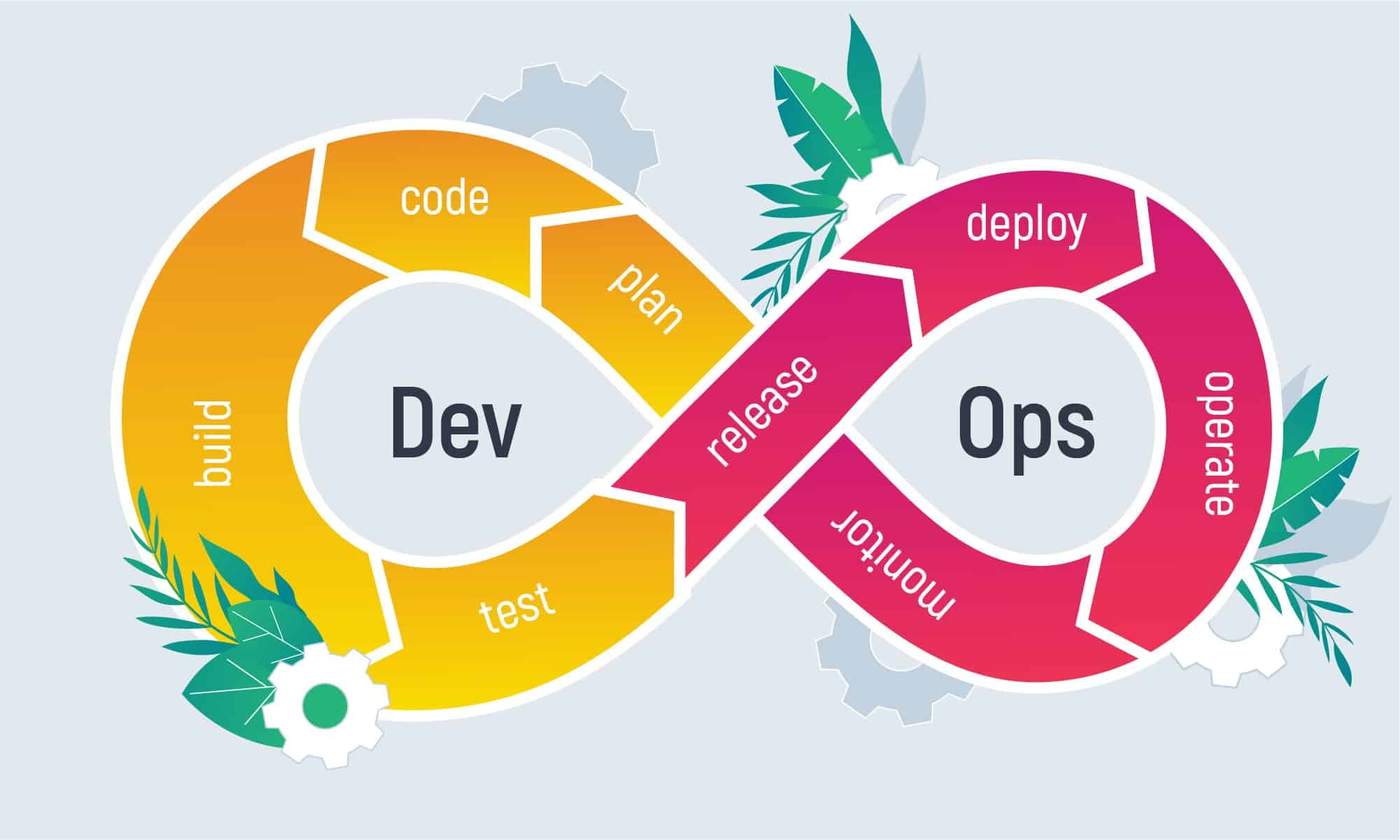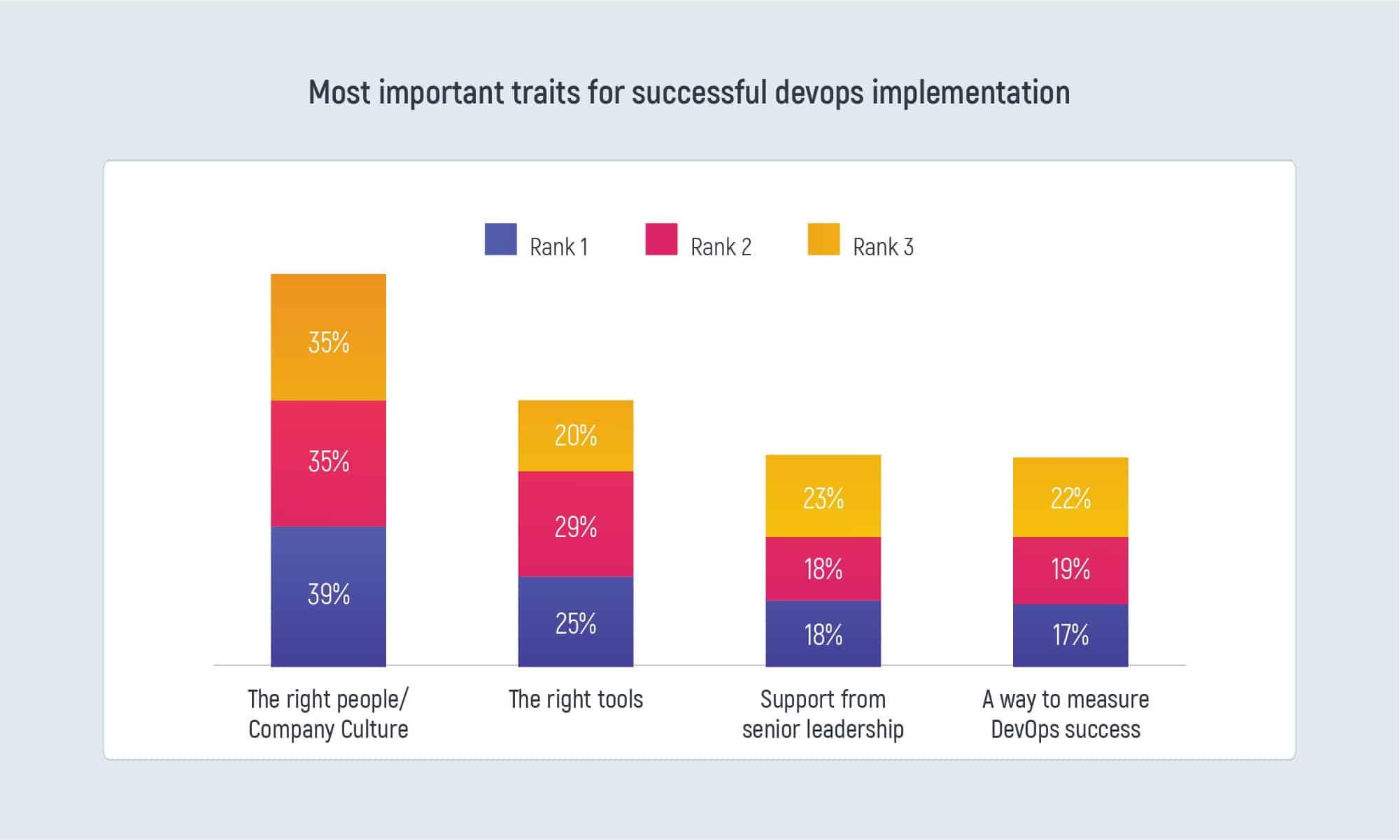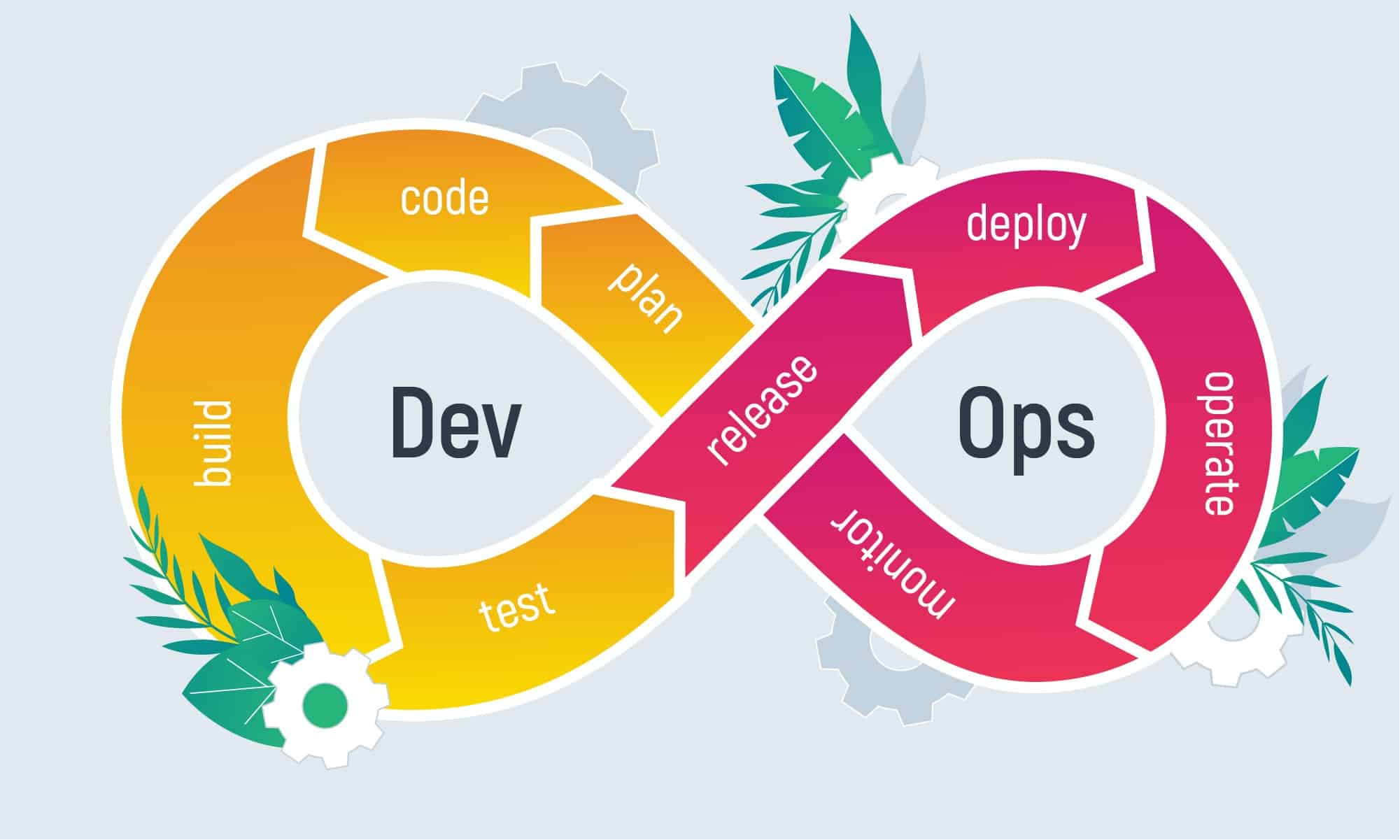Today, with so many competitors on the market, you win your customers only if your work is efficient and super fast. Most of the businesses with quality developed products strive to adjust to the fast pace and manage both the development and operation teams.
Therefore, we have DevOps. It is not only a job position but also a methodology like, for instance, Agile. But the difference is in the great optimization and speedy solutions this methodology allows teams to achieve.
But, what if it’s too expensive to hire your in-house DevOps engineers for that purpose? What if you’d like to have DevOps on the team and invest a fair share? Then, this article is your greatest asset.
To enhance your SDLC and project delivery workflow, try DevOps outsourcing. What’s DevOps outsourcing and how can you implement it into your workflow – let’s discuss it further.
- Why Do You Need to Choose DevOps Outsourcing?
- Shorter development cycles
- Team is already skilled and knowledgeable
- Real-time feedback and metrics
- More focus on improving the business
- How to implement DevOps outsourcing team into your workflow
- Step #1 Choose the project to implement DevOps on
- Step #2 Choose the best vendor communication and location
- Step #3 Choose the right technical skills of a vendor
- Successful Examples of Projects where DevOps Outsourcing Team was Used
- Consider Inoxoft Your Trusted Partner
Why Do You Need to Choose DevOps Outsourcing?
According to AWS, DevOps can increase your company’s application delivery speed by 100%. How exactly? Through a sophisticated combination of different corporate philosophies, practices, and tools. Compared to the traditional methodologies and practices of software development, DevOps methodology is way better and a step higher. Speed, quality, and effective market competitiveness make the DevOps model of work satisfying for customers. And, not only for them. Teams also feel at the top of their excellence. They get to do more in less time and waste fewer costs and resources during development.
The need for DevOps outsourcing comes from the fact that there is a rise in scalable and cloud development. And, we are pretty aware of the most popular public clouds today. These are Amazon Web Services (AWS), Google Cloud, and Microsoft Azure.
DevOps outsourcing is an approach that essentially fuses DevOps into SDLC, without the need to hire DevOps engineers on permanent terms. However, you still need to hire a person with DevOps skills to implement the potentially beneficial management technique. And, here’s when outsourcing gets all the credit.
There are evident benefits of DevOps outsourcing. To name a few:
Shorter development cycles
With all the processes optimized and working like a clock, it is possible to deploy a product in shorter timelines. This is also because every part of the development cycle is shorter. For example, see the picture below. Every cycle is followed by a reasonable activity making an endless loop of productivity and fast results.
With fast results, it is possible to launch the product faster and gain more trust from your customers. And, DevOps will ensure that fast results are also quality results.
Team is already skilled and knowledgeable
A person, who is DevOps on the team (or the whole team) has to have a lot of experience and knowledge in the methodology. For instance, the average age of a DevOps engineer working for a company is 39 years. Also, the person has to have a degree and polish his/her knowledge to be competitive in the market. Following today’s stats, you cannot become a good DevOps in 6 months. Only DevOps of 3+ or more years
- get to see 66% higher-quality deliverables
- have a 45% lower rate of failure during releases
- experience fewer problems by 40%
Real-time feedback and metrics
With DevOps outsourcing implementation best practices, your organization will experience the following benefits:
What’s more, you will always have access to the metrics and increase business metrics. Atlassian says, over 90% of companies mentioned DevOps’ direct impact on business metrics. Also, 61% of businesses produced higher quality deliverables with best practices of implementing DevOps outsourcing.
More focus on improving the business
Benefits of DevOps outsourcing team include a measurement of 99% of businesses that say their development is a positive journey and a definite success. Relying on the effective management of engineering specialists makes businesses focus more on their direction and future values.
How to implement DevOps outsourcing team into your workflow
If you’re asking how to implement DevOps outsourcing team into your workflow, there are some steps to carry out. And, some pros and cons of DevOps outsourcing.
Step #1 Choose the project to implement DevOps on
To make an excellent start together, first of all, your should select the right project. If the DevOps tools and practices are new to you, then it is best to ensure if:
- the software will be beneficial to your company with regards to ROI?
- your project requires using of new technology?
- are there systems to integrate with?
- your project has a long duration?
- your project will require numerous stakeholders?
Understanding where you’re at helps a lot to implement DevOps outsourcing.
Step #2 Choose the best vendor communication and location
Among the challenges of outsourcing DevOps services are finding a vendor, who can provide solid communication. Most companies succeed only if their communication works outstandingly great. To understand where you are at, think about the distance, culture, timezone, and mentality differences. If you can handle these and communicate well – then nothing should trouble you! Your remote team should always promote a continuous chance to provide you with the latest feedback and give you the information in the slightest detail. This way you both will be on the same page.
Step #3 Choose the right technical skills of a vendor
Your potential DevOps should have vast technical skills. So, to ensure the person or a team is experienced, you should ask them whether
- the team has the required skills and tools?
- the team has a core competency of the small and middle-sized business, startups, etc.?
- how the company hires new talents that have the exact skills?
- Are there any certifications?
Also, some questions should be risen according to process automation. For instance,
- Will the coder be able to automatically promote code?
- Will the team carry out the test-driven design and development?
- Will the programmer find features and can he fix the promoted code?
- Will the service provider be able to perform regression testing?
- Will the team be able to perform migration?
Most of the DevOps teams have programming expertise in Python, Java, Ruby, and PHP. Also, DevOps will have expertise in software building that is infrastructure-oriented. For this reason, they might be familiar with Windows PowerShell, Docker, Puppet, Ansible, and SaltStack.
To add, DevOps outsourcing services also include experience in continuous integration with the CI Tools like CruiseControl, Jenkins, Travis CI, TeamCity, and GitLab.
The outsourcing DevOps team certifications to look forward to, are:
- AWS Certified SysOps Administrator (Associate)
- AWS Certified DevOps Engineer (Professional)
- Scrum Master (SM)
- Project Management (PMP)
Successful Examples of Projects where DevOps Outsourcing Team was Used
Inoxoft has valuable experience in DevOps outsourcing. However, most of the projects we did are under a no disclosure agreement. So, let us speak only about the services we focus on providing.
Our company provides top DevOps outsourcing services. For example,
- Kubernetes clustering
Get to know how to run containerized apps on any machine or in any environment.
- CI/CD pipeline setup
We help automate delivery processes by creating continuous delivery and integration pipelines.
- Microservice architecture
The fast and frequent delivery of an app is done through the enhancement of a tech stack in a complex app with microservice architecture.
- Serverless architecture
We can help you build apps and run them without the need to manage the infrastructure (scaling and maintenance).
- Infrastructure as code
We ensure cloud resources provision and management by written human and machine-readable code.
- DevSecOps
Inoxoft carries out the best security practices integration for your SDLC to ensure 100% security.
To start cooperation right away, hire Inoxoft’s DevOps via a dedicated team, rent-a-team, or project team cooperation models.
You can read everything about our work on Inoxoft’s website. Our major success stories can be viewed following the link. What our customers think about our team and cooperation – look through here.
Consider Inoxoft Your Trusted Partner
Inoxoft is a company providing custom software development services. We believe that it is important to go with the pace of time. And to choose software development models that suit both your business and your team. See the examples of software development models here.
However, today, we have DevOps practices that disrupt the software development cycle we are used to. First of all, with DevOps, you will get things done faster and still at high quality. Second, your customers will be satisfied and come back to you again.
So, you either hire DevOps to have an in-house specialist or outsource one. And, Inoxoft can help you with the latter. Contact us to get the most out of your software development journey. Excel and scale with Inoxoft’s DevOps solution.
Frequently Asked Questions
What is DevOps outsourcing?
DevOps outsourcing is an approach that essentially fuses DevOps into SDLC, without the need to hire DevOps engineers on permanent terms. However, you still need to hire a person with DevOps skills to implement the potentially beneficial management technique. And, here’s when outsourcing gets all the credit.
What are the benefits of DevOps outsourcing?
- Shorter Development Cycles
- Team is Already Skilled and Knowledgeable
- Real-time feedback and metrics
- More focus on improving the business
What are the best practices for implementing DevOps outsourcing?
- Step #1 Choose the Project to implement DevOps on
- Step #2 Choose the best Vendor Communication and Location
- Step #3 Choose the right Technical Skills of aVendor















